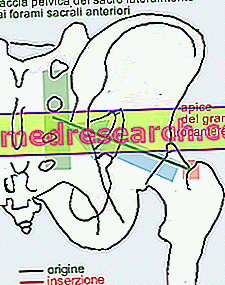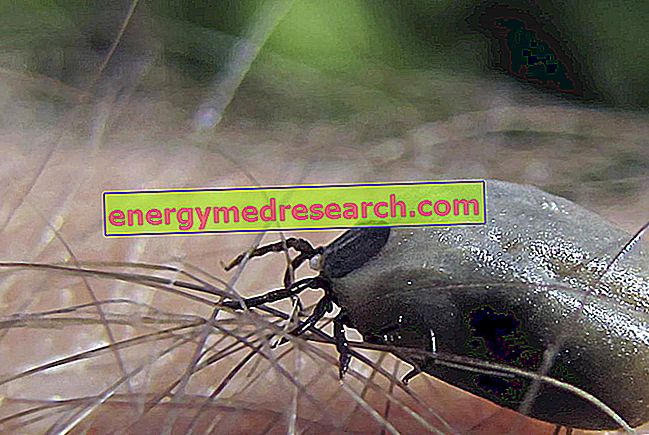
Its fibers are directed obliquely downwards through the large ischial foramen and by inserting with a single tendon on the inside of the apex of the great trochanter. In an upright position it works as an external rotator (extra rotator), as an abductor and participates in the retroversion of the pelvis (a fixed insertion on the femur moves the base of the sacrum forward and the apex backwards with respect to the iliac wings) and stabilization of the hip.
In the support phase, when the lower limb is subjected to loading, the piriformis contracts to counteract the abrupt internal rotation of the femur. Although there is a great deal of individual variability, the piriformis always takes contact with the sciatic nerve, the largest nerve in the human body that innervates the main muscles of the thigh, hip and knee.
A hypertrophy of the piriformis muscle and / or its inflammation due to repeated or sudden overloads causes in many cases a compression of the sciatic nerve. This compression causes the appearance of the so-called piriformis syndrome, which can trigger severe pain and paraesthesia (tingling) in the gluteal region, the thigh and the leg. In these cases it is possible to get relief from exercises of


It is innervated by the sacral plexus (L5-S2)
| ORIGIN Front face of the sacrum and margin of the large ischial incisura |  |
| INSERTION Inner part of the apex of the great trochanter | |
| ACTION It externally abducts and rotates the thigh (femur), participates in the retroversion of the basin | |
| INNERVATION Sacral plexus (L5-S2) |
| Upper limb | Lower limb | Trunk | Abdomen | Articles |



